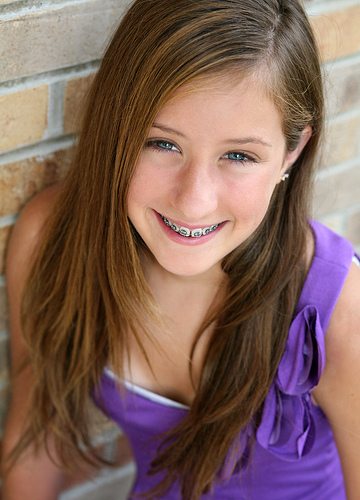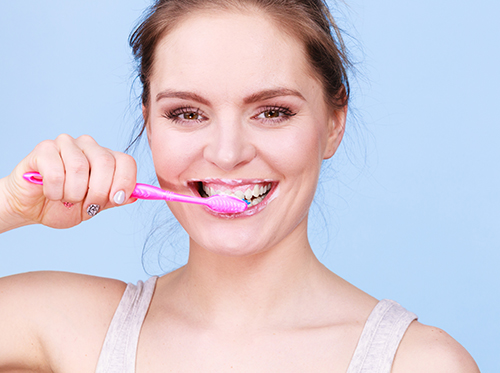Should I use a water pick during my treatment?
January 31st, 2018

Dr. Allen Garai & Dr. Karen Tratensek and our team at Garai Orthodontic Specialist know that for some of our patients wearing braces, it can be difficult to weave through those wires and brackets as you brush and floss during your treatment.
Some of our patients use a water pick to flush out food and other particles and bacteria stuck between their teeth as the water can reach behind the metal wires and hit spots where your floss simply cannot reach. People suffering from gum disease also find water picks quite effective because of their ability to flush out bacteria from inside the deep pockets.
Water picks are friendly to braces and are also gentle on the gums. They are less likely to cause bleeding for people with sensitive teeth or gums. But as many benefits as they may have, Dr. Allen Garai & Dr. Karen Tratensek and our team want you to know that water picks should never be used as a substitute for flossing. Though they are great tools for helping improve oral health while you are in treatment, they are just not a good enough tool on their own to keep your mouth and gums gingivitis- and decay-free. Water picks are also incapable of removing plaque from teeth as effectively as floss can. While water picks rinse the sticky bacteria off your teeth, flossing is actually more effective as it actually scrapes the bacteria off of your pearly whites.
If you have any questions about water picks or any general questions or concerns about your orthodontic treatment, we encourage you to please ask us below or give us a call!





 Website Powered by Sesame 24-7™
Website Powered by Sesame 24-7™